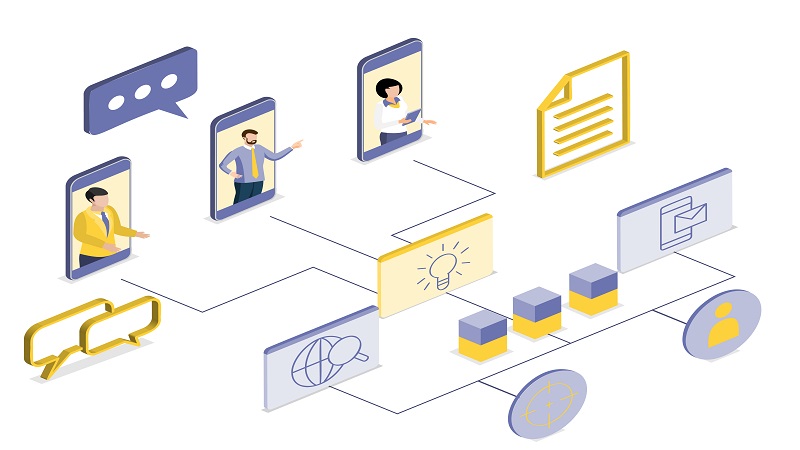Understanding Machine Learning: Unleashing the Power of Data

In today’s data-driven world, the term “machine learning” has become a buzzword, but what does it really entail? Machine learning is a subset of artificial intelligence (AI) that empowers computers to learn from data and make predictions or decisions without being explicitly programmed. It’s the driving force behind many of the technological advancements that shape our lives. Let’s delve into the world of machine learning and explore its concepts, applications, and significance.
The Essence of Machine Learning
At its core, machine learning revolves around enabling computers to learn from experience. Instead of instructing a computer how to perform a task step by step, machine learning algorithms enable it to learn patterns from data and generalize those patterns to make informed decisions about new, unseen data. This ability to improve performance through experience makes machine learning incredibly powerful for tackling complex problems.
Types of Machine Learning
There are three main types of machine learning:
- Supervised Learning: This involves training a model on labeled data, where the algorithm learns to map input data to correct output. It’s like teaching the model by example.
- Unsupervised Learning: In this case, the algorithm works on unlabeled data, finding patterns and grouping similar data points together without predefined categories.
- Reinforcement Learning: Inspired by behavioral psychology, this type involves an agent learning to interact with an environment by performing actions and receiving rewards or penalties in return.
Applications Across Industries
Machine learning has permeated various industries, transforming the way we approach problems:
- Healthcare: Predicting disease outbreaks, diagnosing illnesses, and personalizing treatment plans based on patient data.
- Finance: Detecting fraudulent transactions, predicting stock market trends, and optimizing investment portfolios.
- Retail: Recommending products to customers, optimizing supply chain management, and predicting customer behavior.
- Automotive: Developing self-driving cars, enhancing driver assistance systems, and improving vehicle safety.
The Significance of Machine Learning
Machine learning fuels innovation by automating processes, providing insights from data, and making predictions that were previously unattainable. It enables computers to handle complex tasks, from natural language processing to image recognition, with remarkable accuracy. As more data is generated, machine learning’s potential grows, leading to advancements that were once the stuff of science fiction.
The Future and Beyond
Machine learning is an ever-evolving field. As algorithms become more sophisticated, and as computing power increases, we can expect even more groundbreaking applications. However, ethical considerations and the responsible use of this technology will play an increasingly important role in shaping its trajectory.
Machine Learning Types Table
| Machine Learning Type | Description |
|———————–|————-|
| Supervised Learning | Model learns from labeled data to predict outputs. |
| Unsupervised Learning | Algorithm finds patterns in unlabeled data. |
| Reinforcement Learning | Agent learns by interacting with an environment. |
****
In conclusion, machine learning is the bridge between data and intelligence. Its ability to learn from experience, recognize patterns, and make informed decisions is transforming industries and reshaping the future. As we continue to push the boundaries of what’s possible, the role of machine learning in our lives will only become more significant.